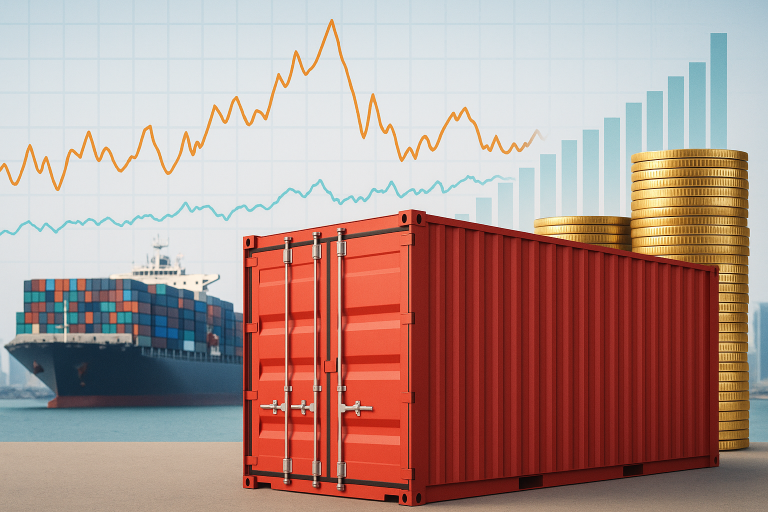China’s export sector has withstood five months of record-high US tariffs, pushing the country toward a projected $1.2 trillion trade surplus.
Instead of retreating, manufacturers have redirected shipments to India, Africa, Southeast Asia, and Latin America, surpassing pandemic-era highs.
The redirection has lifted demand for Chinese goods across multiple regions, even as foreign governments face mounting pressure to shield domestic industries.
While Mexico has moved to impose tariffs on certain Chinese imports, most nations remain cautious, balancing fears of economic damage with the risk of worsening relations with Beijing.
Global surge in Chinese exports
The shift in trade flows has been striking. India imported a record $12.5 billion worth of goods in August, with a significant portion tied to Apple suppliers relocating iPhone assembly to India while continuing to source components from China.
Shipments of Chinese computer chips to India reached nearly $1 billion in July alone.
Southeast Asia has also absorbed higher volumes, with exports surpassing their pandemic-era peak.
Africa is on track for a record year of imports from China, while Latin America’s exposure has grown as low-cost Chinese e-commerce platforms expand rapidly.
In Chile and Ecuador, governments have responded with targeted import fees, particularly as Chinese platform Temu’s monthly users in the region rose 143% since January.
China’s sales of cars, electronics, textiles, and steel remain strong, offsetting reduced access to US consumers. This resilience highlights the ability of Chinese exporters to redirect output to alternative markets when faced with trade barriers.
Limited retaliation from trading partners
Despite growing unease, large-scale retaliation has been limited. Mexico is the only country to publicly propose tariffs of up to 50% on goods such as steel, auto parts, and vehicles.
Indonesia’s trade ministry has pledged closer monitoring after videos showed Chinese vendors promoting jeans and shirts priced as low as $0.80 for export.
In South Africa, officials resisted tariffs on Chinese cars, which nearly doubled in imports this year, instead prioritising investment.
Brazil, while threatening action, allowed China’s BYD Co Ltd to expand tariff-free production of electric vehicles.
Smaller economies including Cambodia acknowledge both the reliance on Chinese imports and the importance of Chinese investment.
The muted response is partly explained by ongoing negotiations with Washington. Countries already managing tariff discussions with the Trump administration have little appetite for another trade conflict.
Analysts note that some nations may also keep tariffs in reserve as bargaining tools with the US.
Diplomatic pressure and strategic moves
Beijing has deployed both diplomacy and warnings to avoid broad retaliation. President Xi Jinping urged BRICS partners to oppose protectionism during a recent call, while commerce officials pressed Mexico to reconsider its tariff plans.
At the same time, Trump has pushed NATO members to consider tariffs of up to 100% on Chinese goods, citing Beijing’s alignment with Russia.
China’s trade officials insist exports are aligned with global demand and reject claims of dumping.
State media has argued that Chinese exporters do not sell below cost, framing accusations as Western attempts to contain China’s manufacturing base.
Economic risks inside China
While exports remain robust, China’s domestic economy shows strain. Industrial profits fell 1.7% in the first seven months as companies cut prices to drive overseas sales.
That pricing pressure has worsened deflation, extending what may become the longest deflationary cycle since China’s economic opening in the late 1970s.
The export boom also risks slowing efforts to rebalance the economy toward domestic consumption.
Beijing has been urged by US officials, including Treasury Secretary Scott Bessent, to strengthen consumer demand, with the topic expected to be debated at an upcoming Communist Party meeting.
The external pressure coincides with internal challenges such as a prolonged property market slump and demographic decline.
Still, the ability to maintain trade growth despite US tariffs strengthens Xi’s position ahead of a planned summit with Trump in South Korea.
The post China trade surplus nears $1.2 trillion as global markets absorb record exports appeared first on Invezz

